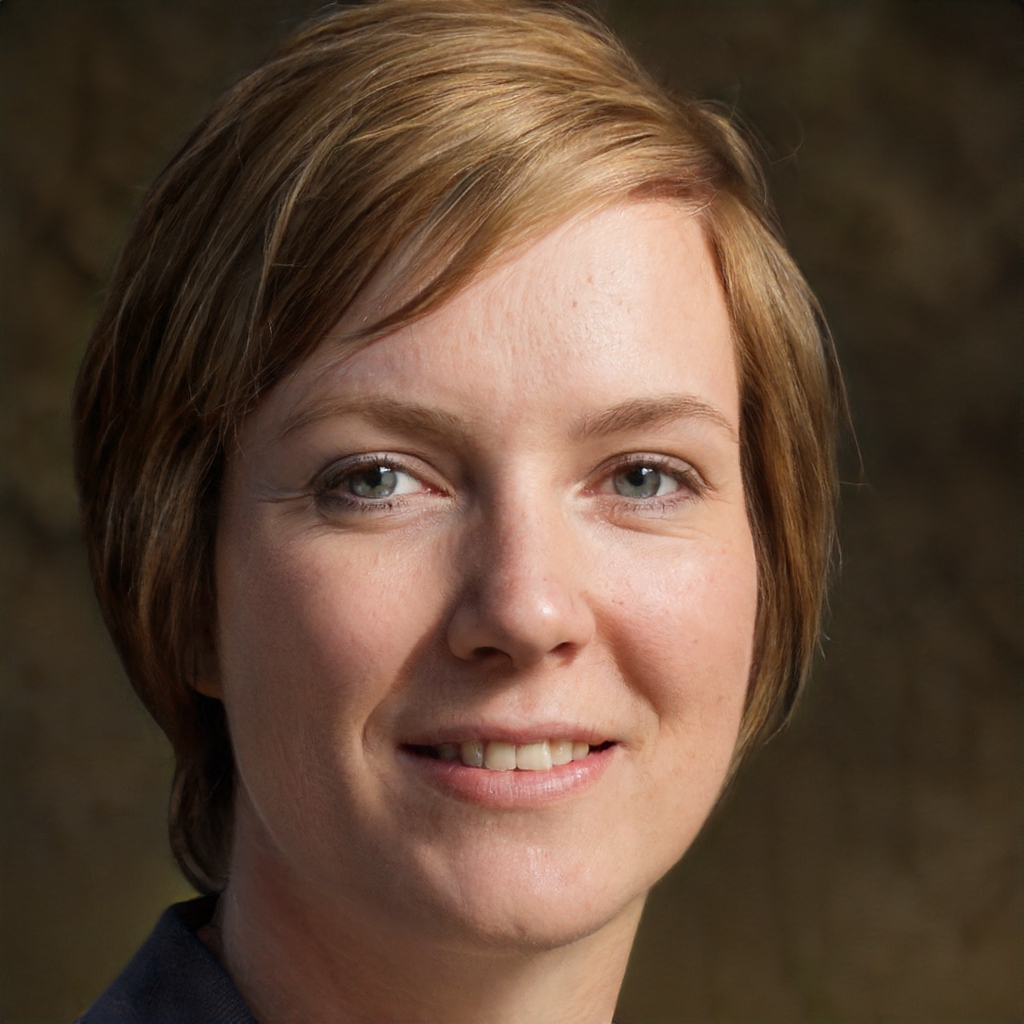Milan is the protagonist of an experimental project, Mobility 3.0, that the City Council has launched together with Waze and TomTom
In comparison with the cities of "yesterday", modern cities are increasingly crowded with a wide variety of vehicles, a dynamic that becomes more evident as the size of the city increases. Not only cars, scooters, heavy vehicles and public transport vehicles, but also ebikes, electric scooters, mono-wheelers and all those vehicles whose diffusion has recently increased.
The analysis of city traffic shows that very often the road network is used in an inefficient way, with a prevalent concentration on some axes that leaves parallel roads or alternative routes almost or completely empty. This is certainly a problem for mobility, but also for individual and collective health. In the pre-Covid period, in the morning rush hours, the level of congestion on some roads of a metropolis like Milan ended up increasing travel times up to 60%, and it is possible to imagine that after the pandemic the situation will be similar (if not worse).
Waze and TomTom's Mobility 3.0 project
The Mobility 3.0 project was created with the aim of improving the use of the city's road network by the Milanese, tourists and, in general, anyone who happens to be in the Lombard capital. The project is the result of the collaboration between the Municipal Administration and two important road navigation operators such as Waze and TomTom, who have joined forces to achieve the objective in the shortest possible time. The project will begin in the next few days on an experimental basis until 2022.
The collaboration involves the City of Milan putting the data in its possession in the hands of Waze and TomTom, which will be used to direct private traffic in real time on the most convenient routes in terms of travel time and therefore the pollution generated.
This way it is possible to "dribble" the works in progress or the road deviations (both the programmed ones and the ones that will occur suddenly), but also closures and restrictions due to the presence of big events - frequent in a metropolis like Milan, pandemic permitting - or even the new pedestrianisations, even temporary, that the Administration should establish.
On the other hand, Waze and TomTom are committed to "sewing" their apps to Milan, i.e. acquiring data and using them so that users know at all times which are the least busy roads, the fastest routes or those recommended depending on the means of transport used.
Benefits for the individual and for the community
The objective of the Mobility 3.0 project is therefore twofold. On the one hand, we want to allow those who use the car or any other means of transport, private or shared, to move in a more efficient way, reaching their destination in the shortest time possible, gaining time and costs.
On the other hand, we want to improve the liveability of the city in terms of pollution, as well as to increase the quality of life: making the circulation more fluid in the streets more prone to congestion reduces polluting emissions and optimizes the flow of public transport, soft mobility and "weak" users of the road.
